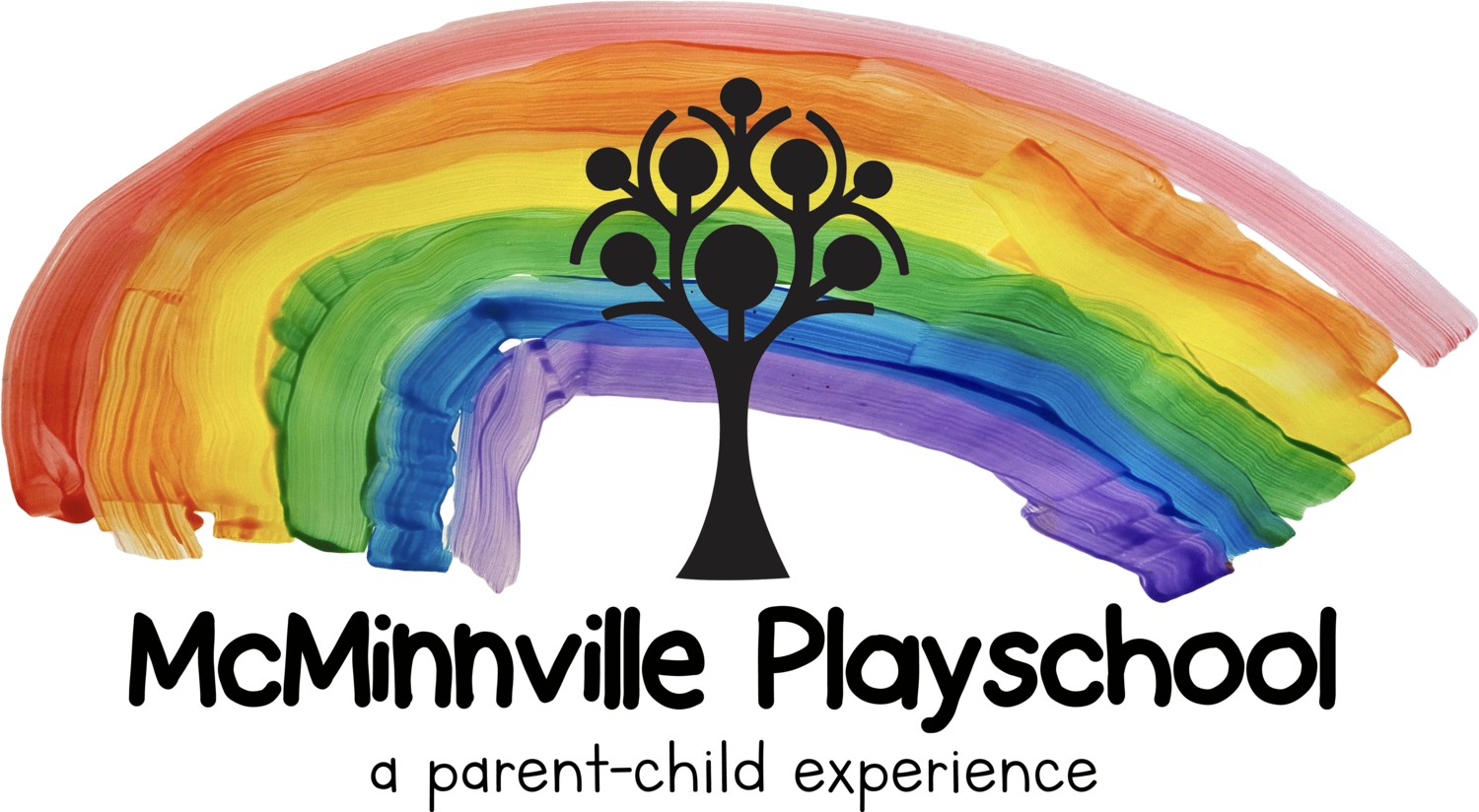Why We Circle
Circle time is a staple in many preschool classrooms, but the reasons teachers embrace this practice can be as varied as the children themselves. Some teachers see it as a chance to impart early literacy skills, while others use it for social-emotional development or classroom management. One thing most teachers agree on is that circle time is hard. It’s hard getting 16 wiggly preschoolers to come, sit, stop touching each other, and participate. And it’s hard for good reason! Preschoolers are biologically wired to move, explore, and learn through active engagement, not through sitting and listening to adults talk. (Darn!) For these reasons, some schools have done away with circle time all together, arguing that it’s not developmentally appropriate for young children.
However, I believe in the value of circle time as a special opportunity for our children to come together and have experiences as a community.
Children should have the opportunity to participate in group rituals that are important to them, to discuss important topics, and to hear the diverse perspectives of their classmates. Here are some ways children have chosen to use circle time once the skills and shared value has been established:
Discussing a problem that affects the whole group, such as rules for the loft.
A daily “Talk About it” (their term, not mine!) where I ask a question and each person gets a chance to share their answer.
Playing games that are more fun with a larger group, such as duck-duck-goose or charades
Taking turns sharing their All About Me books with the group and taking time to ask each other questions.
But the ability to participate in these activities requires a lot of skills! And building these skills takes time.
At this point in the school year, circle time is short and engaging, filled with songs and playful activities. As the year progresses, we gradually introduce more structured elements, like taking turns speaking, responding to one another, and playing group games. We are so fortunate to have a multi-year classroom where more experienced students can model skills for the newer students, and where a wide range of skill sets can be practiced during a single experience.
Children are learning so much during this time together. They are developing longer attention spans and learning to communicate and listen. Most importantly, it is a time when all of our individual children get to be a WE. They learn that community time is special, and that everyone has something to unique to contribute. These skills will serve them well this school year, in kindergarten, and beyond!
